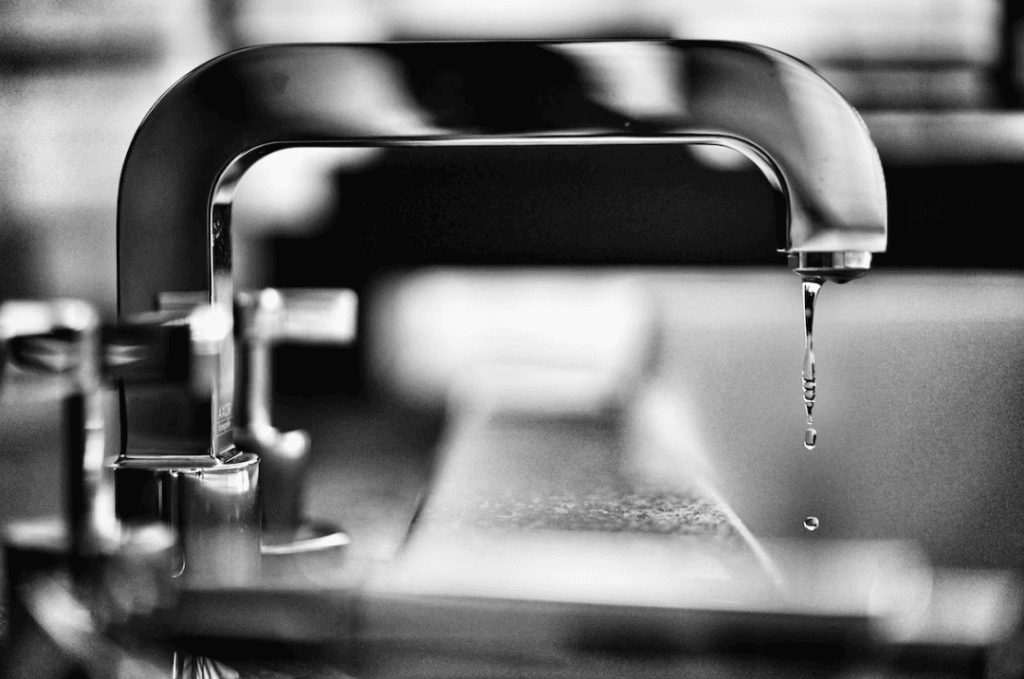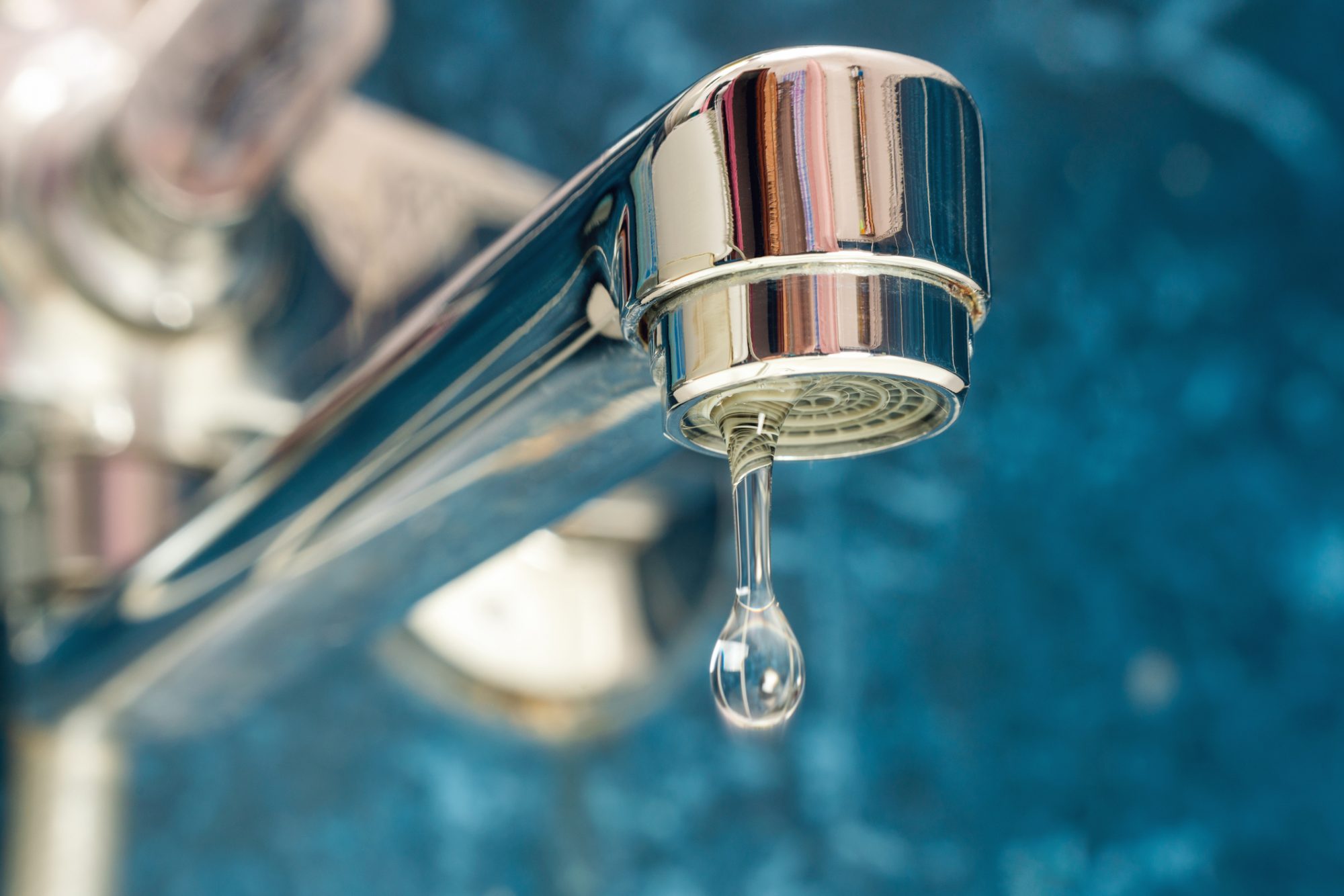When a Leaky Faucet Is Relevant
When a Leaky Faucet Is Relevant
Blog Article
Were you on the lookout for selective information concerning Potential Health Risks Associated With Leaky Faucets?

Introduction
A leaky tap may appear like a minor inconvenience, however its effects expand far beyond the occasional drip. Comprehending the impacts of a dripping tap is crucial for both house owners and the setting. In this article, we'll explore the various impacts of this common home problem and why addressing it quickly is necessary.
Root Causes Of Leaky Faucets
Dripping taps can arise from a range of aspects, consisting of wear and tear, high water pressure, and corrosion. Over time, the constant use taps can bring about damaged seals and gaskets, triggering leaks to develop. Additionally, excessive water stress can place stress on plumbing fixtures, leading to leakages. Deterioration and rust can also weaken tap parts, making them susceptible to leakage.
Water Wastage
Among one of the most considerable consequences of a leaky tap is water waste. Even a small drip can amount to gallons of wasted water over time. This not just drives up water expenses however also contributes to water scarcity and ecological destruction. Attending to dripping faucets promptly is essential for conserving this valuable source and lessening its effect on the planet.
Financial Impact
Along with wasting water, dripping taps can likewise have a significant economic effect. Enhanced water costs are a direct consequence of water waste, costing home owners numerous bucks yearly. Moreover, the expense of repairing water damage brought on by leaks can be significant, especially if left neglected for a prolonged duration.
Environmental Influence
The environmental effect of dripping faucets prolongs past water waste. By preserving water, homeowners can add to more comprehensive efforts to alleviate water scarcity and secure natural environments. Lasting alternatives such as rainwater harvesting and water-efficient components can further decrease the ecological footprint of house water usage.
Technological Solutions
Innovations in technology have caused the growth of smart faucets and water-saving gadgets that aid minimize water wastage. Smart faucets utilize sensing units to identify activity and adjust water flow accordingly, minimizing waste without giving up ease. Water-saving tools such as aerators and low-flow showerheads are also effective in saving water without jeopardizing performance.
Worldwide Point of views
While dripping taps might feel like a local problem, they contribute to wider worldwide difficulties such as water shortage and climate modification. In regions already facing water tension, every drop counts, making leak avoidance and fixing essential. By adopting water-saving techniques and purchasing sustainable technologies, property owners can play their part in addressing these pushing international problems.
Regulative Steps
Government regulations play an essential role in minimizing the influence of leaking faucets and advertising water conservation. From building codes that call for water-efficient fixtures to water-saving incentives and discounts, policymakers have a series of tools at their disposal. By implementing and enforcing these laws, governments can ensure that homeowners focus on water conservation in their day-to-days live.
Neighborhood Impact
Resolving leaky taps requires cumulative efforts at the area level. By elevating understanding about the relevance of water conservation and giving resources for leakage detection and fixing, regional authorities can encourage property owners to do something about it. Initiatives such as water-saving refund programs and leak detection projects can incentivize behavior modification and promote accountable water use.
Case Researches
Real-life instances of the impact of dripping taps highlight the relevance of proactive maintenance and timely fixings. From water damage to escalating water costs, the consequences of neglecting leakages can be severe. By sharing these case studies, house owners can much better understand the relevance of addressing leaky faucets without delay.
Educational Campaigns
Educational projects play a crucial duty in increasing awareness regarding the effects of leaky faucets and promoting water preservation practices. With workshops, seminars, and on the internet sources, home owners can discover just how to discover and fix leakages themselves. By equipping individuals with knowledge and tools, academic projects can cultivate a society of accountable water use within neighborhoods.
Health Problems
Leaking faucets can produce conducive atmospheres for mold and mildew development, posing health and wellness threats to residents. The visibility of mold and mildew can worsen respiratory system concerns and allergic reactions, specifically in prone people. Furthermore, water damages arising from leaks can compromise the structural honesty of structures and cause expensive repair work.
DIY vs. Professional Fixing
When confronted with a leaking tap, home owners usually dispute whether to attempt repairs themselves or work with a specialist plumber. While DIY repair work can save cash, they may not constantly attend to the underlying concern successfully. Professional plumbers have the proficiency and devices to diagnose and deal with leaks correctly, making certain long-lasting solutions and comfort for property owners.
Safety nets
Stopping leaky taps requires normal maintenance and positive measures. Basic tasks such as replacing damaged washers and seals can stop leakages from establishing. In addition, upgrading to top notch fixtures and minimizing water stress can assist lengthen the lifespan of taps and minimize the danger of leakages.
Conclusion
To conclude, the results of a dripping faucet extend much past the occasional drip. From water waste and raised water bills to health and wellness worries and ecological impact, the repercussions of overlooking leakages can be significant. By attending to dripping faucets quickly and embracing water-saving methods, home owners can mitigate these effects and contribute to a much more lasting future.
Why You Shouldn’t Ignore a Leaky Faucet in Your Home
What Causes a Leaky Faucet?
Various factors can cause a leak, from loose and worn-out parts to corrosion. Your faucet has four essential components from which most plumbing issues will stem: the O-ring, the valve seat, the washer and the gasket.
What Is an O-Ring?
The O-ring is a stem screw that fastens parts of the faucet in place, preventing water from leaking out of the spout. Depending on your faucet type, the stem might have multiple O-rings. Water will drip from the faucet’s handles and base if this part breaks or deteriorates.
What Is a Valve Seat?
The valve seat controls the flow and temperature of the water. Found at the base of the handle, it works as a seal for the faucet’s stem. The valve seat ensures the water is allowed to flow or is blocked as the handles dictate. You’ll know it’s malfunctioning when water leaks from your faucet’s sides.
What Is a Gasket?
The gasket is found between the water inlet and the valve stem. It creates a seal between the faucet and the sink, holding its joints by aerators attached to the stem’s head. Water will trickle out from the base if the gasket isn’t working.
What Is a Washer?
The washer secures the handles and prevents leakage, serving a similar purpose to the O-ring. While the O-ring is ordinarily round and made from an elastic material, such as rubber, the washer is square-shaped and composed of brass, copper and other hard metals. If it malfunctions, corrodes or has been improperly installed, water will leak out of the handles, causing that incessant faucet drip.
Why Is a Leaky Faucet Dangerous?
A leaky faucet left alone for too long can have significant consequences.
Pest Infestations
Since bugs and rodents gravitate towards the scent of water, a leaky faucet will draw pests to your sink. Both are looking for leaks accessible through crawl spaces, which a faucet provides. If you leave water dripping for too long, you run the risk of an infestation.
Rust
If one of the faucet parts has started to corrode, the resulting rust can spread to your pipes and valves with startling speed. The rust might even lead to cracks or other impairments, resulting in more severe plumbing issues.
Your sink could also sustain damage from a leaky faucet. The water in your tap possesses sparse elements of calcium and iron that can stain your sink with repeated and prolonged exposure. Once those elements in the water have been open to the air for some time, your sink will start to rust, creating marks that can be difficult to remove.
https://www.tomsmechanical.com/blog/why-you-shouldnt-ignore-a-leaky-faucet-in-your-home

Do you enjoy reading about Here's How to Fix a Leaky Faucet? Try leaving a short review down below. We'd be delighted to find out your thoughts about this entry. We are looking forward that you come back again before long. So long as you enjoyed our blog posting if you please make sure you remember to pass it around. I am grateful for your time. Please come by our blog back soon.
Report this page